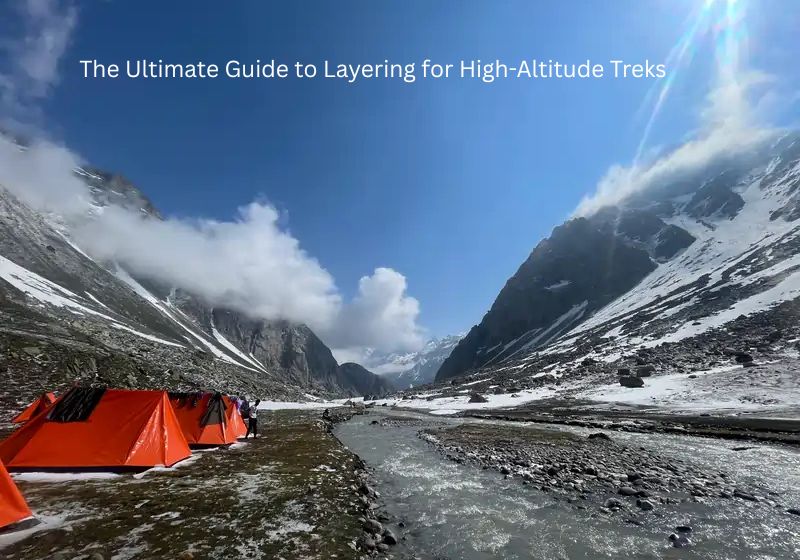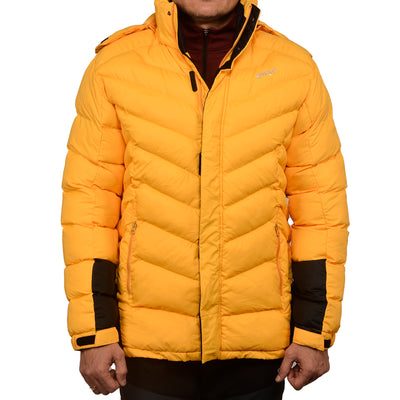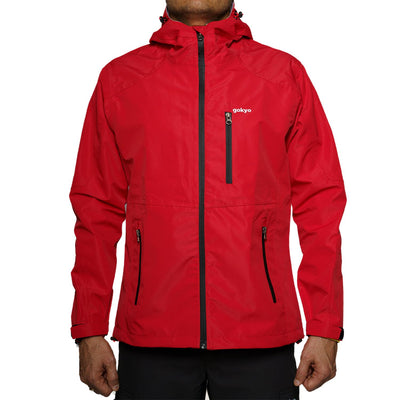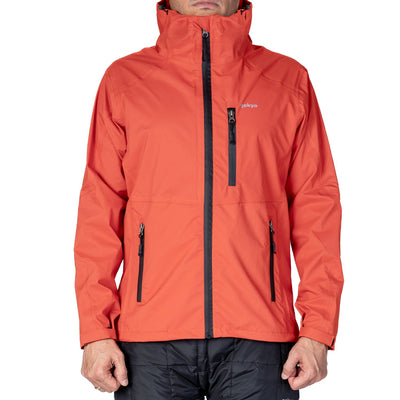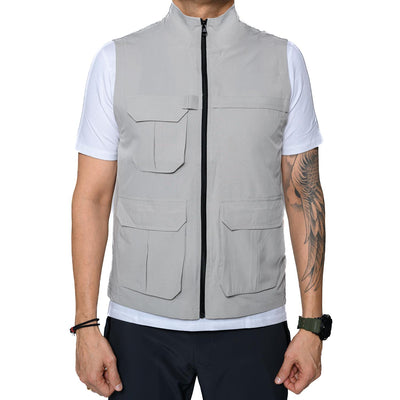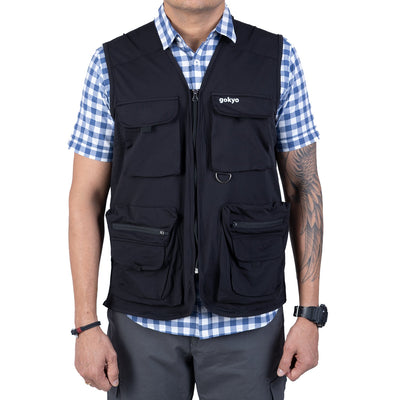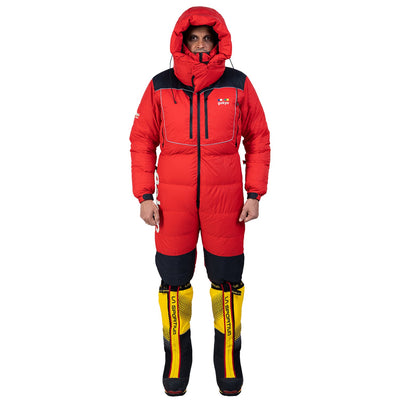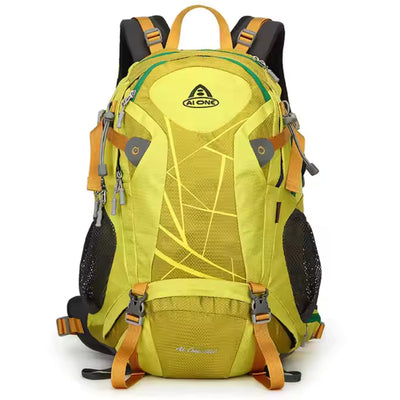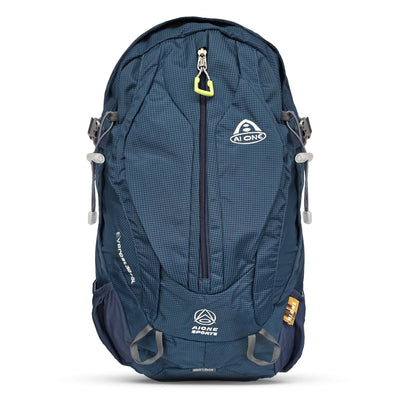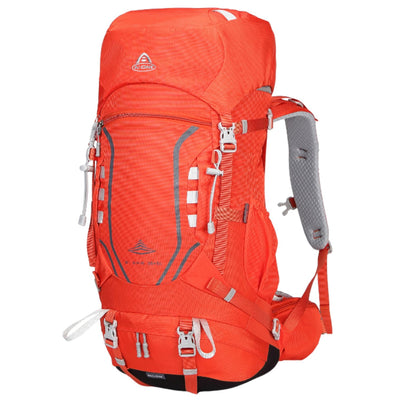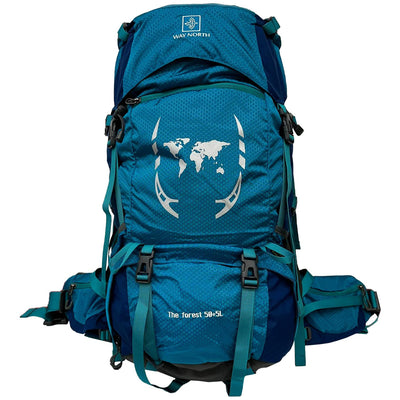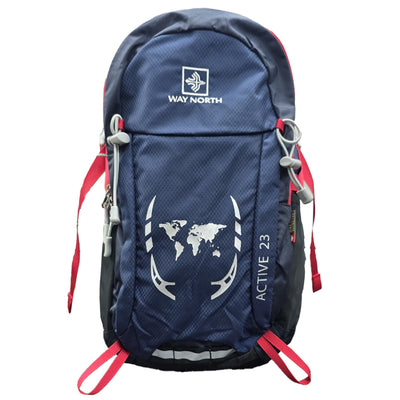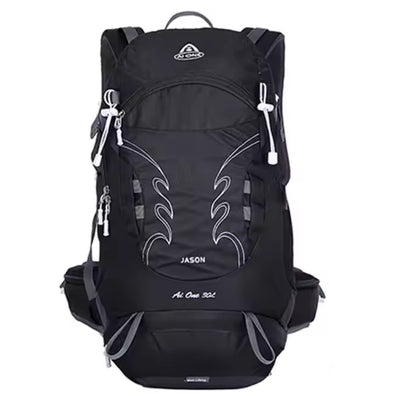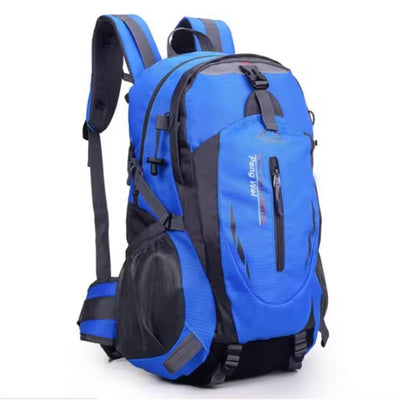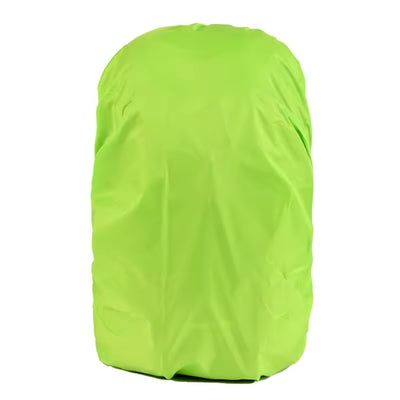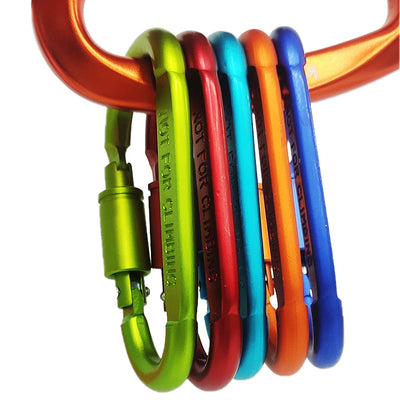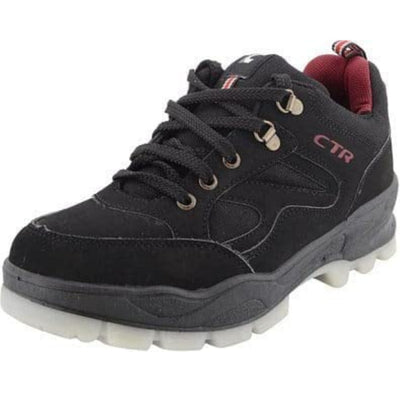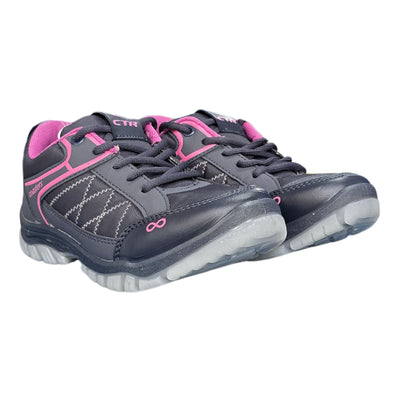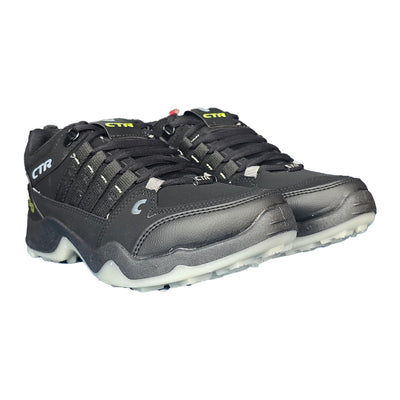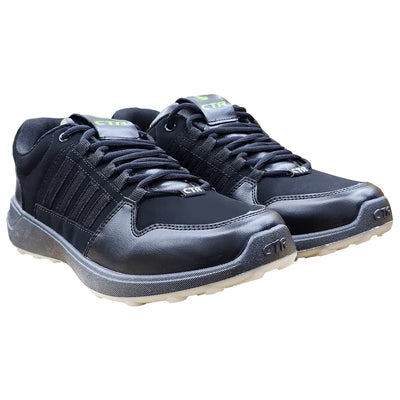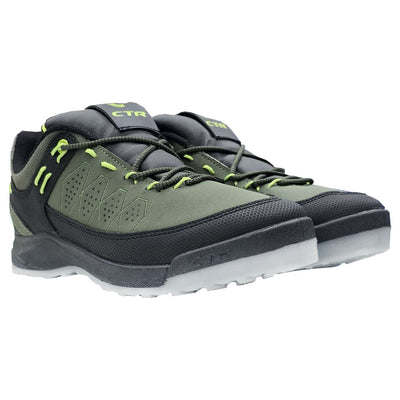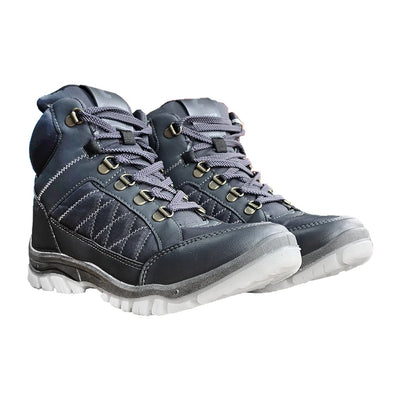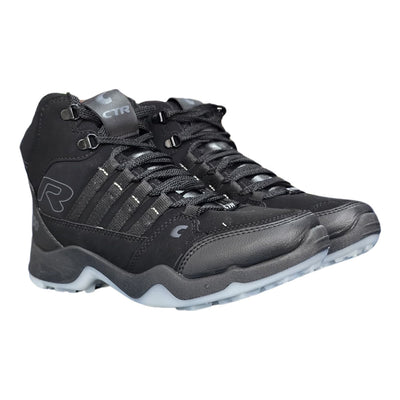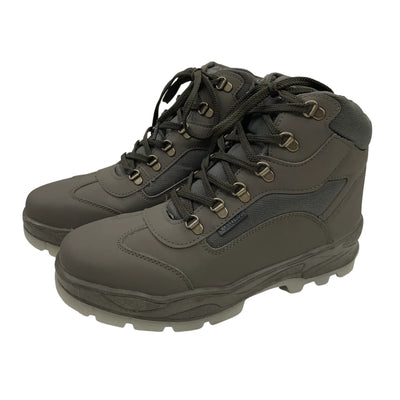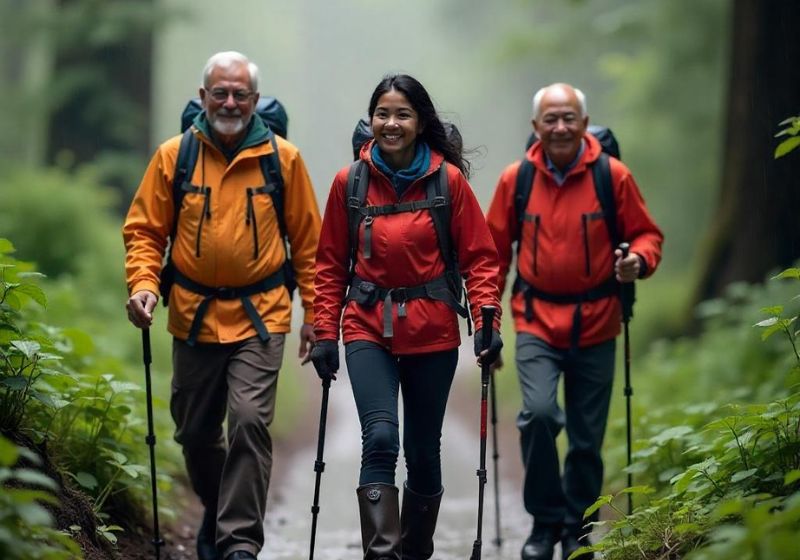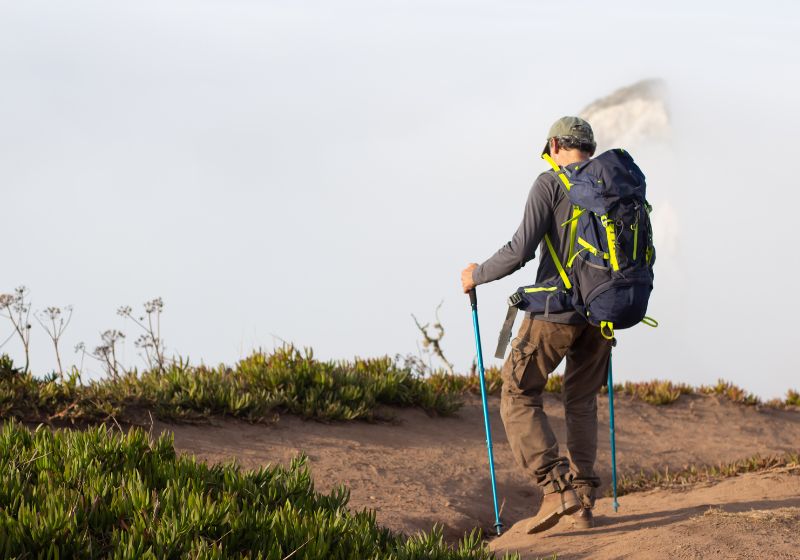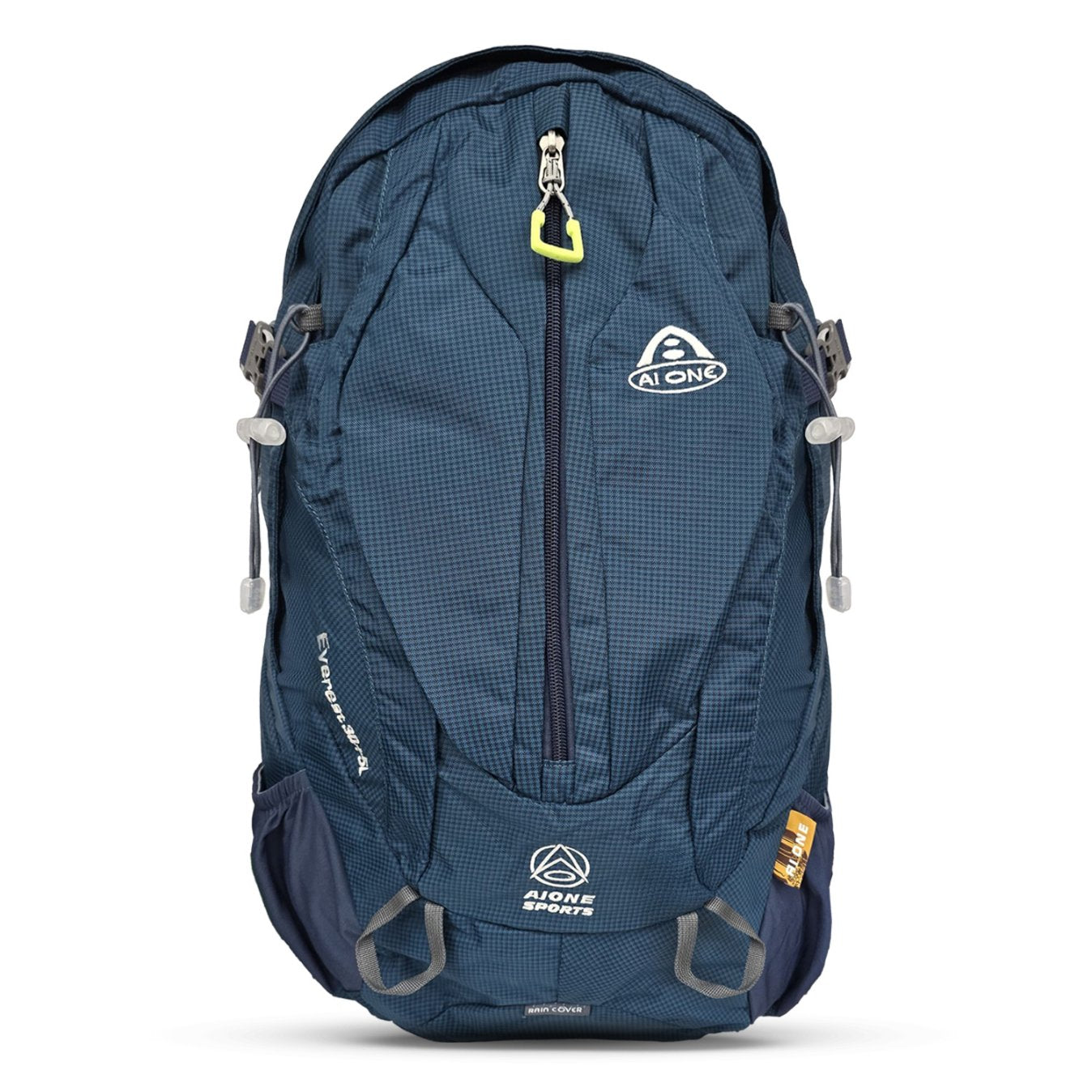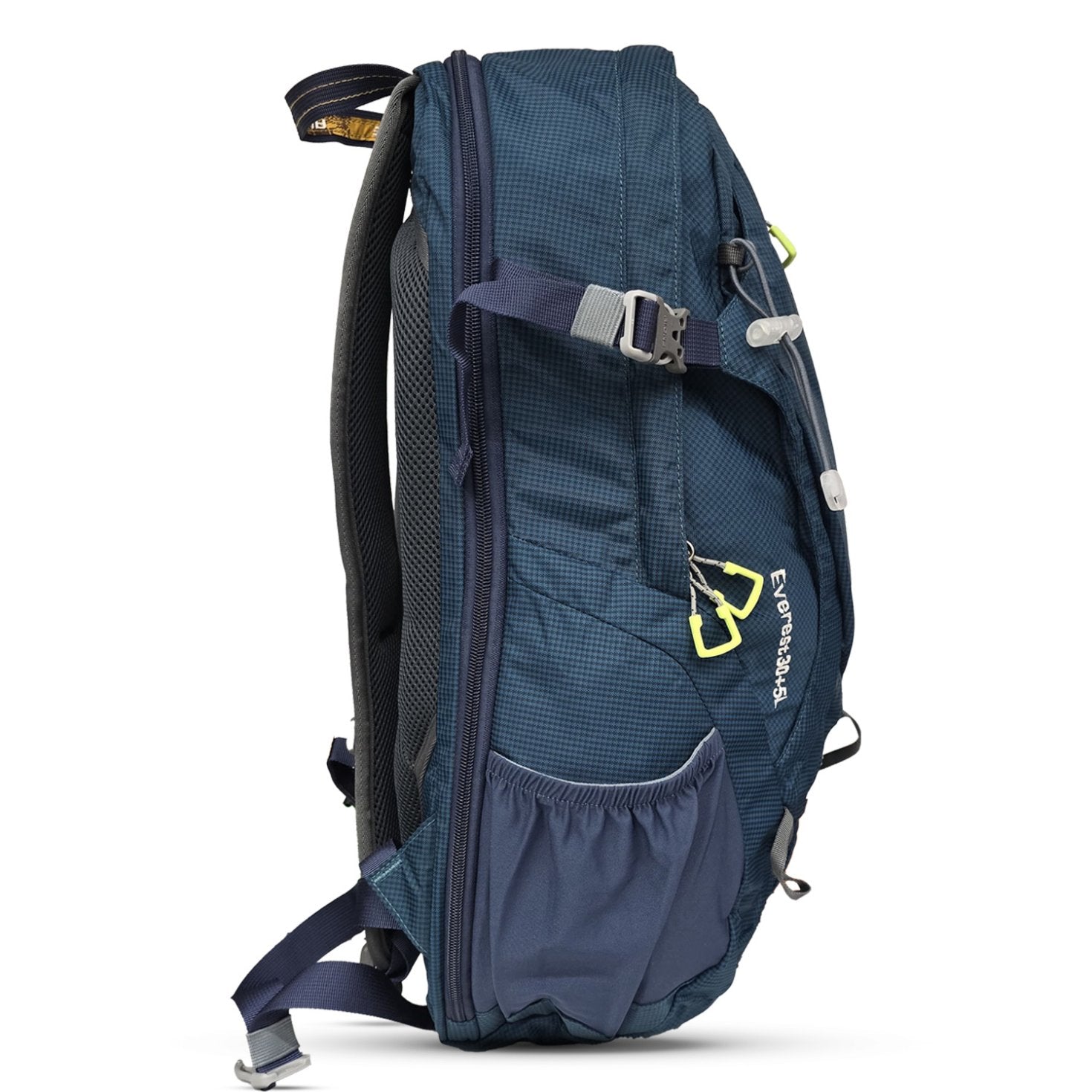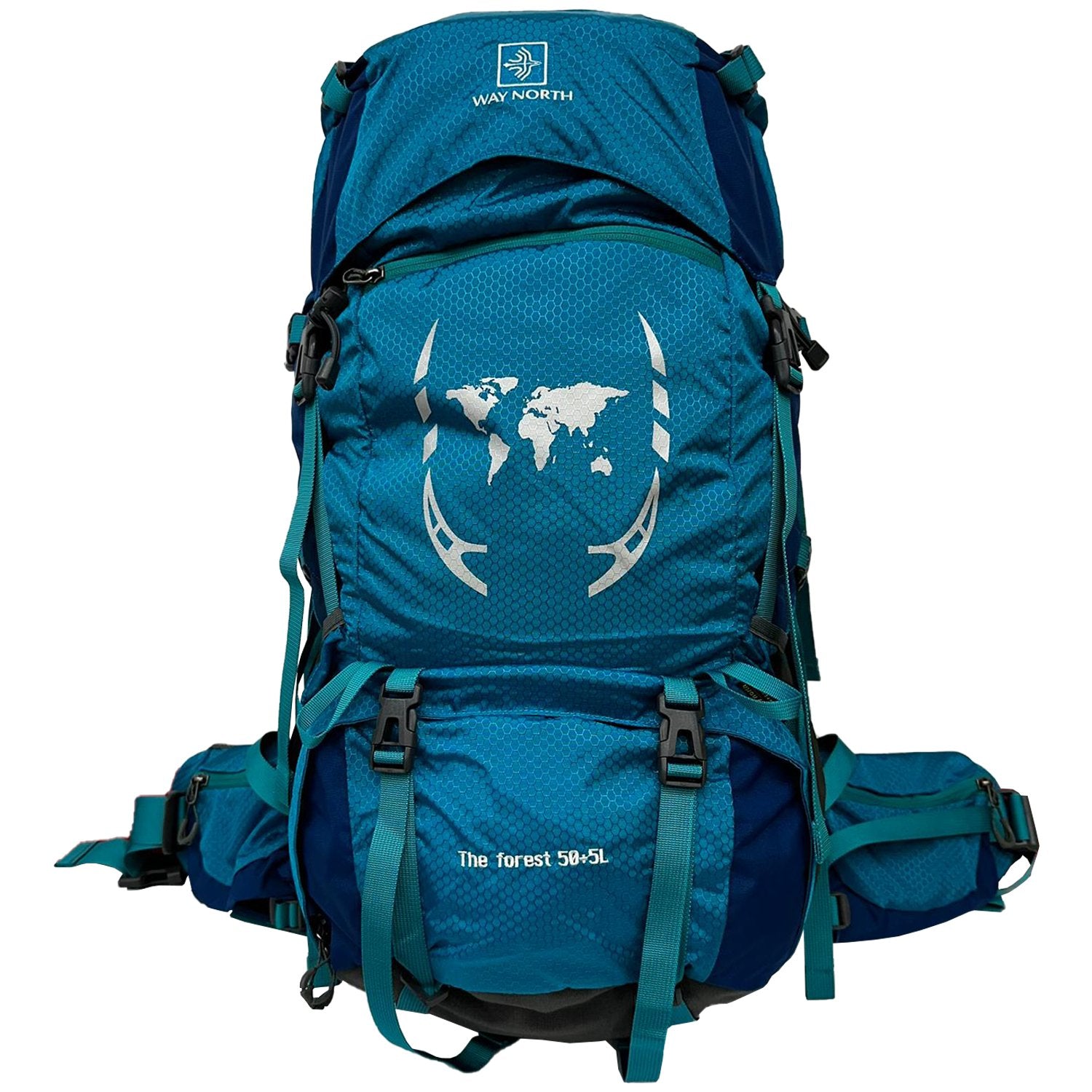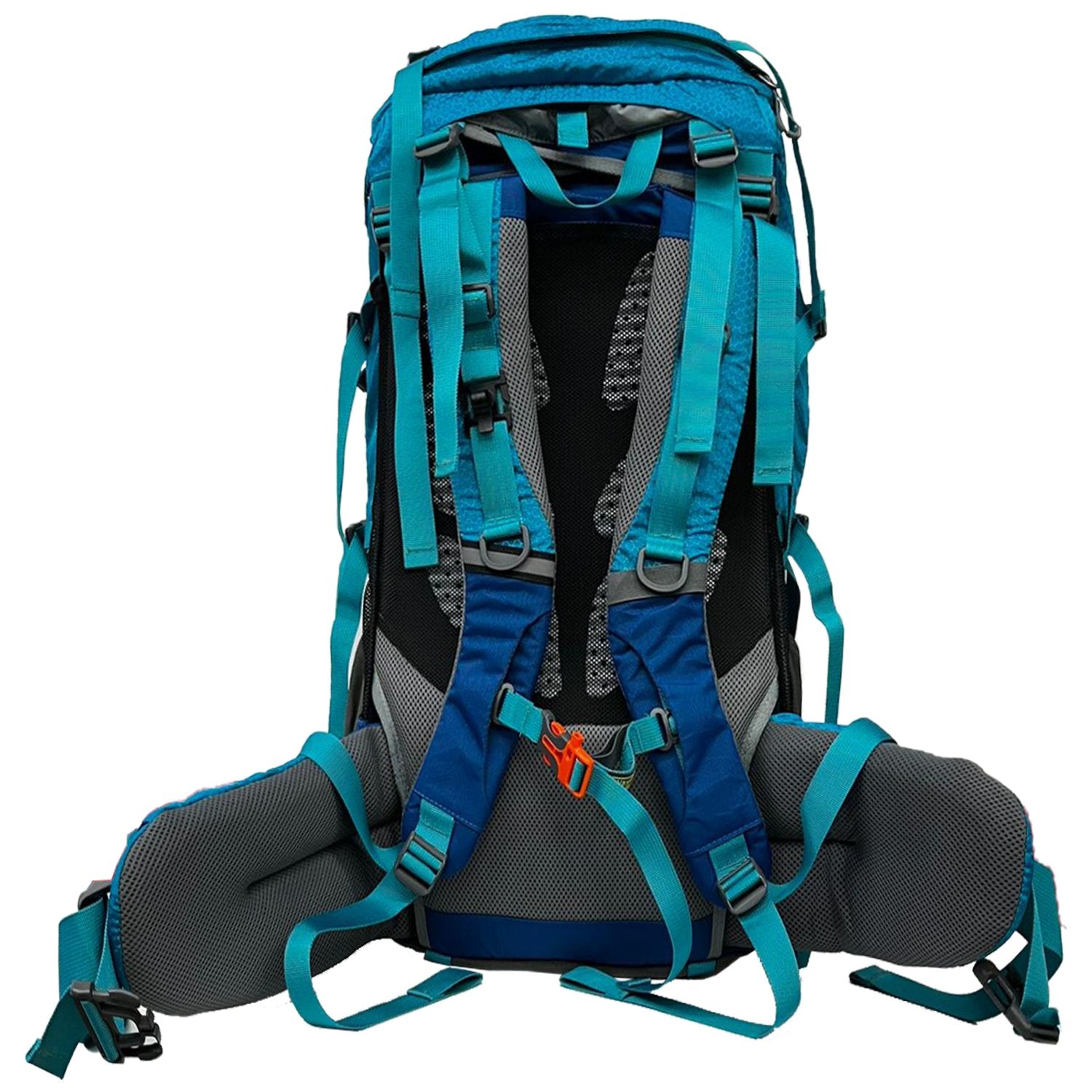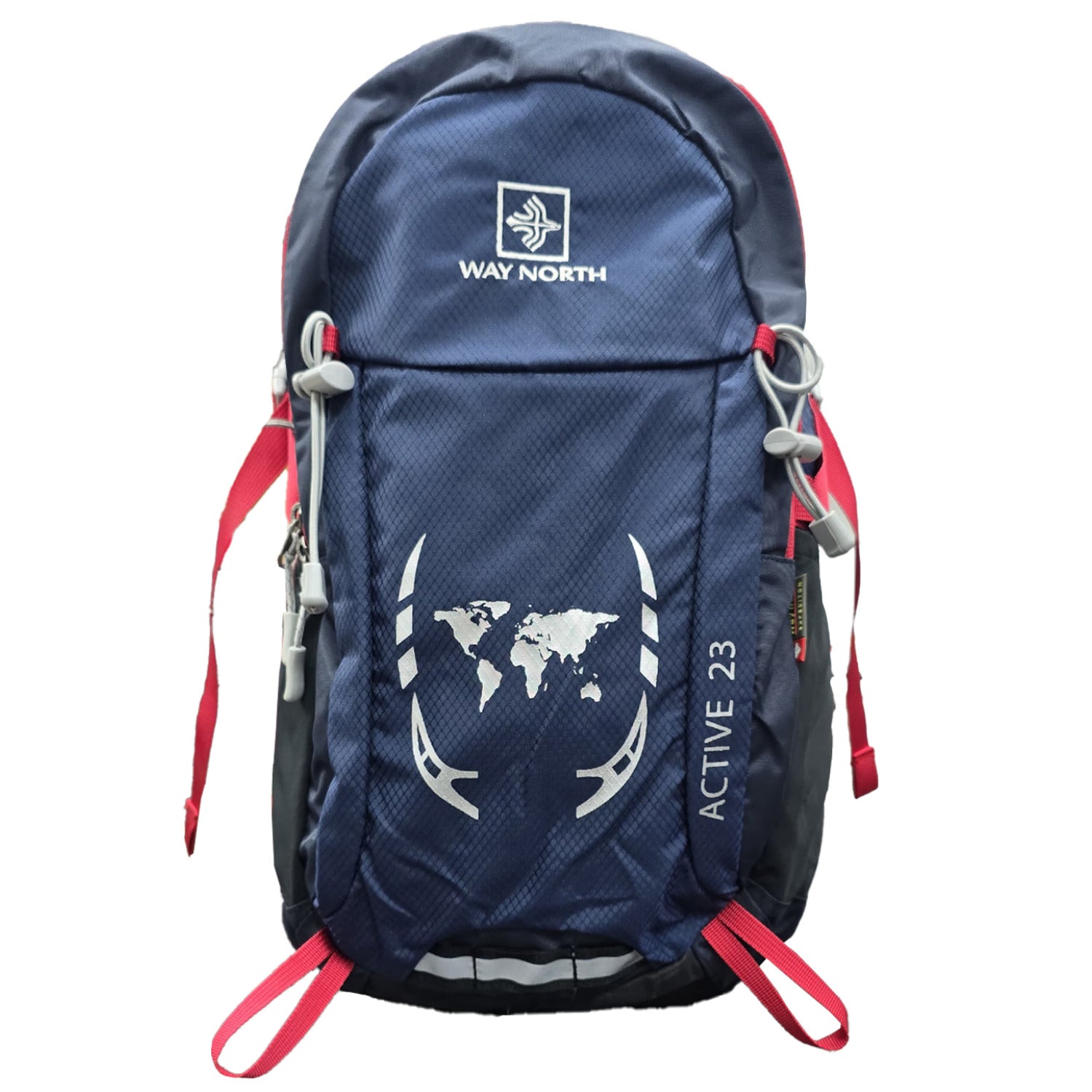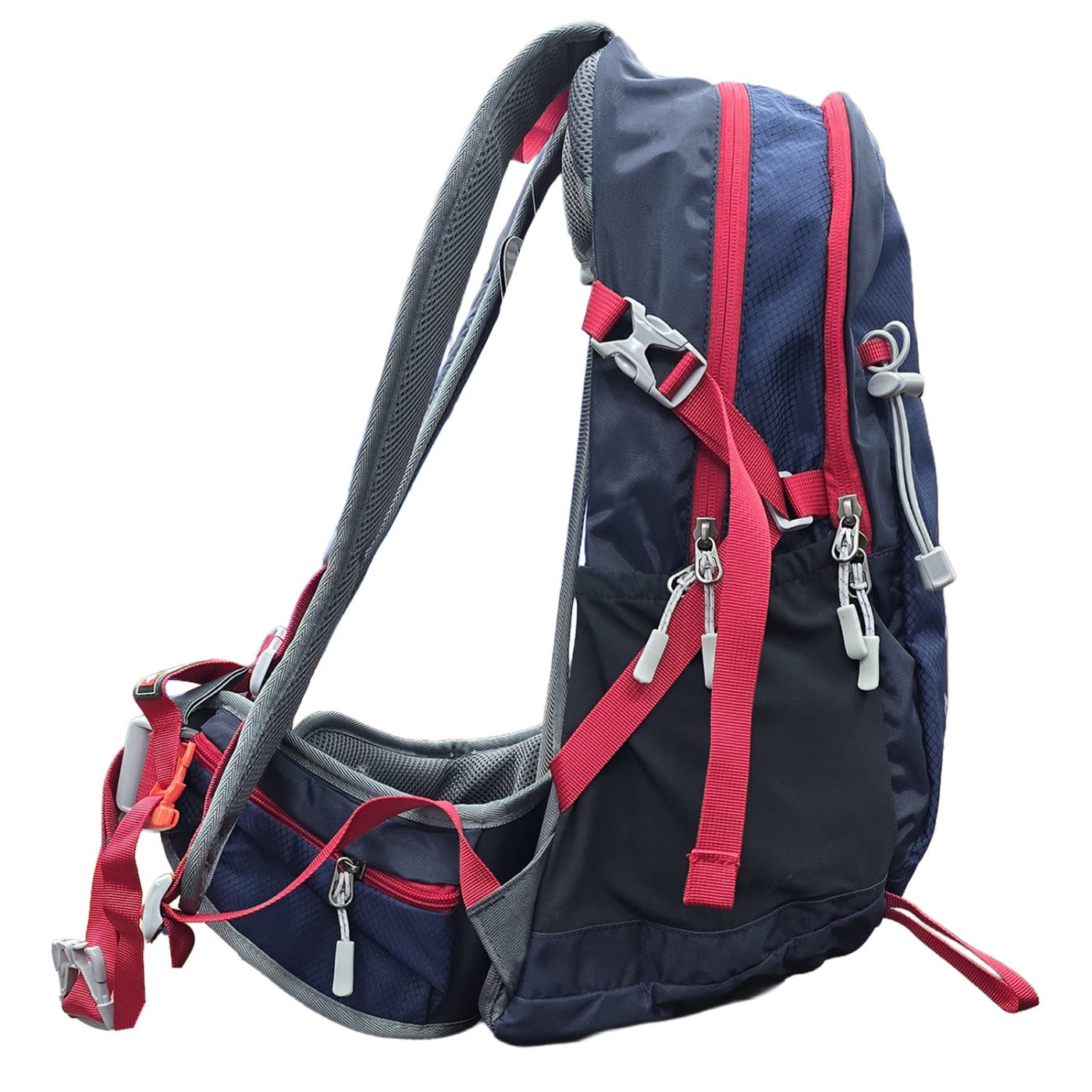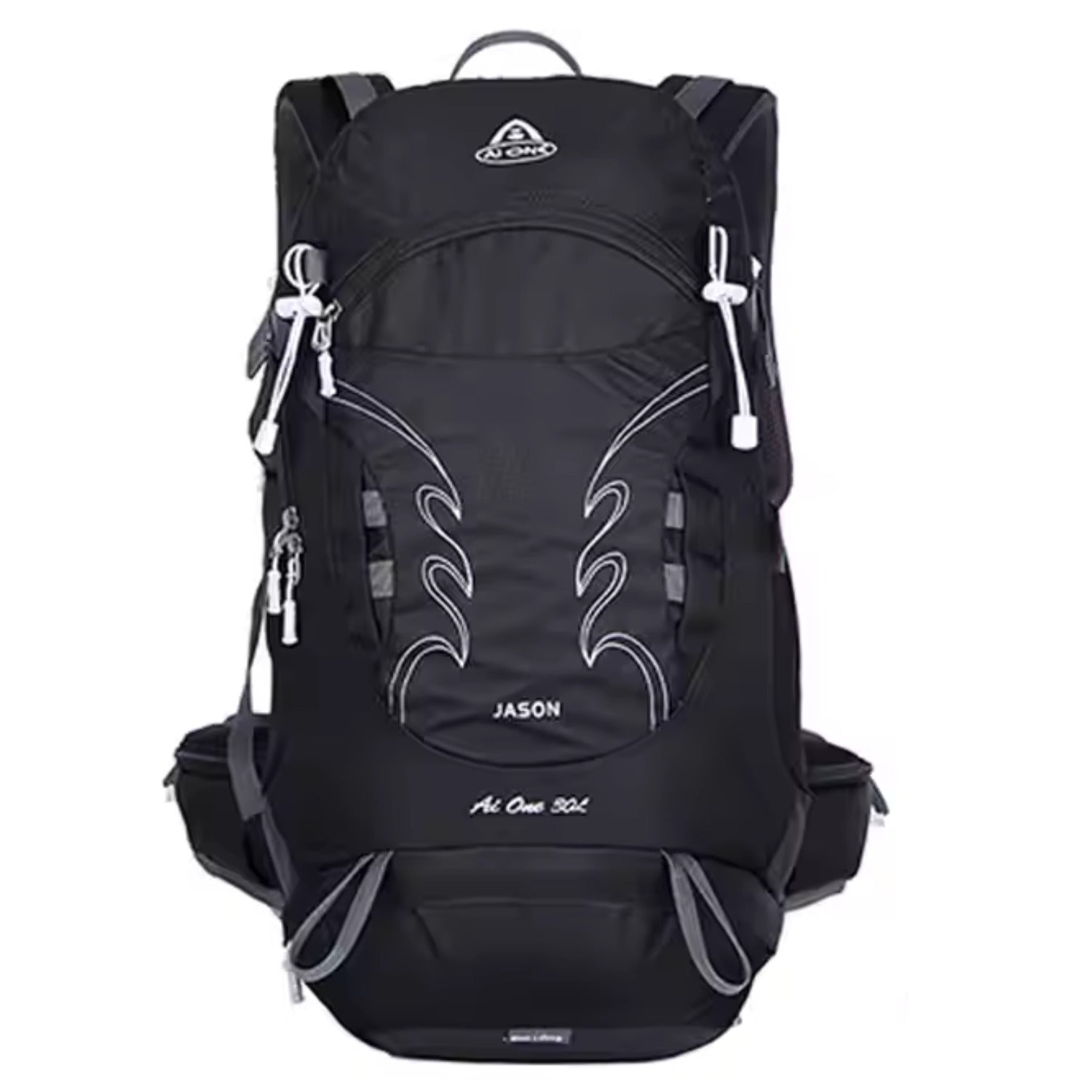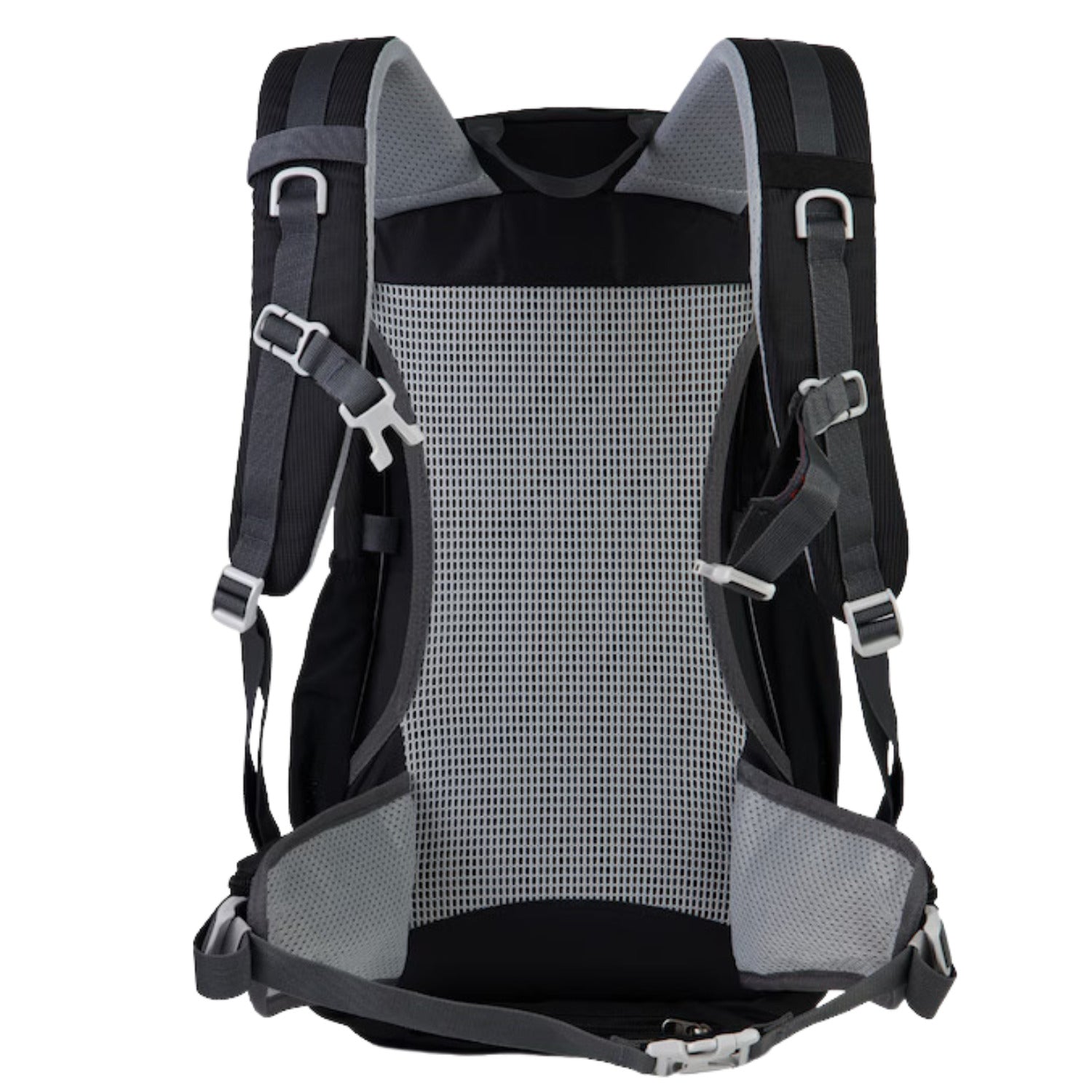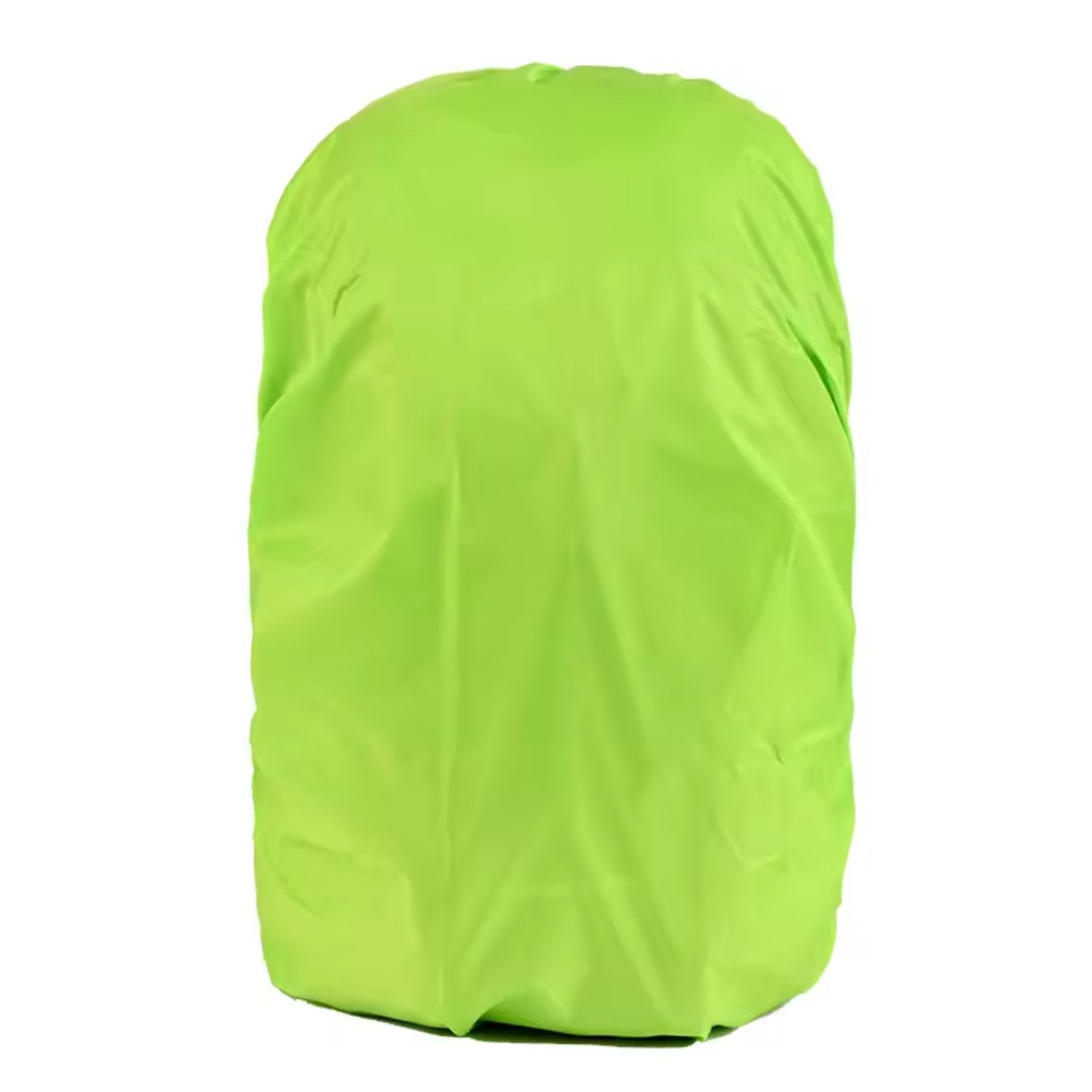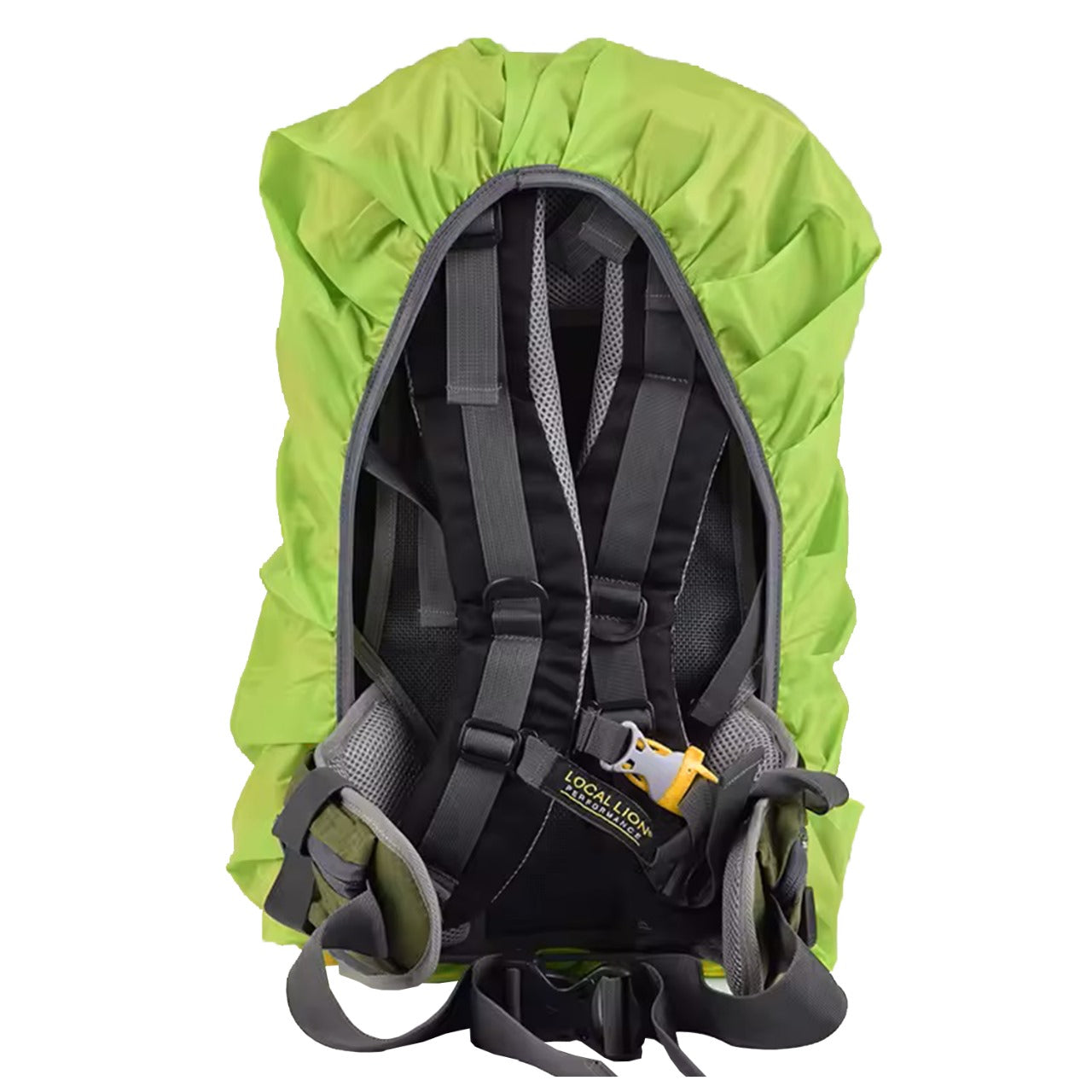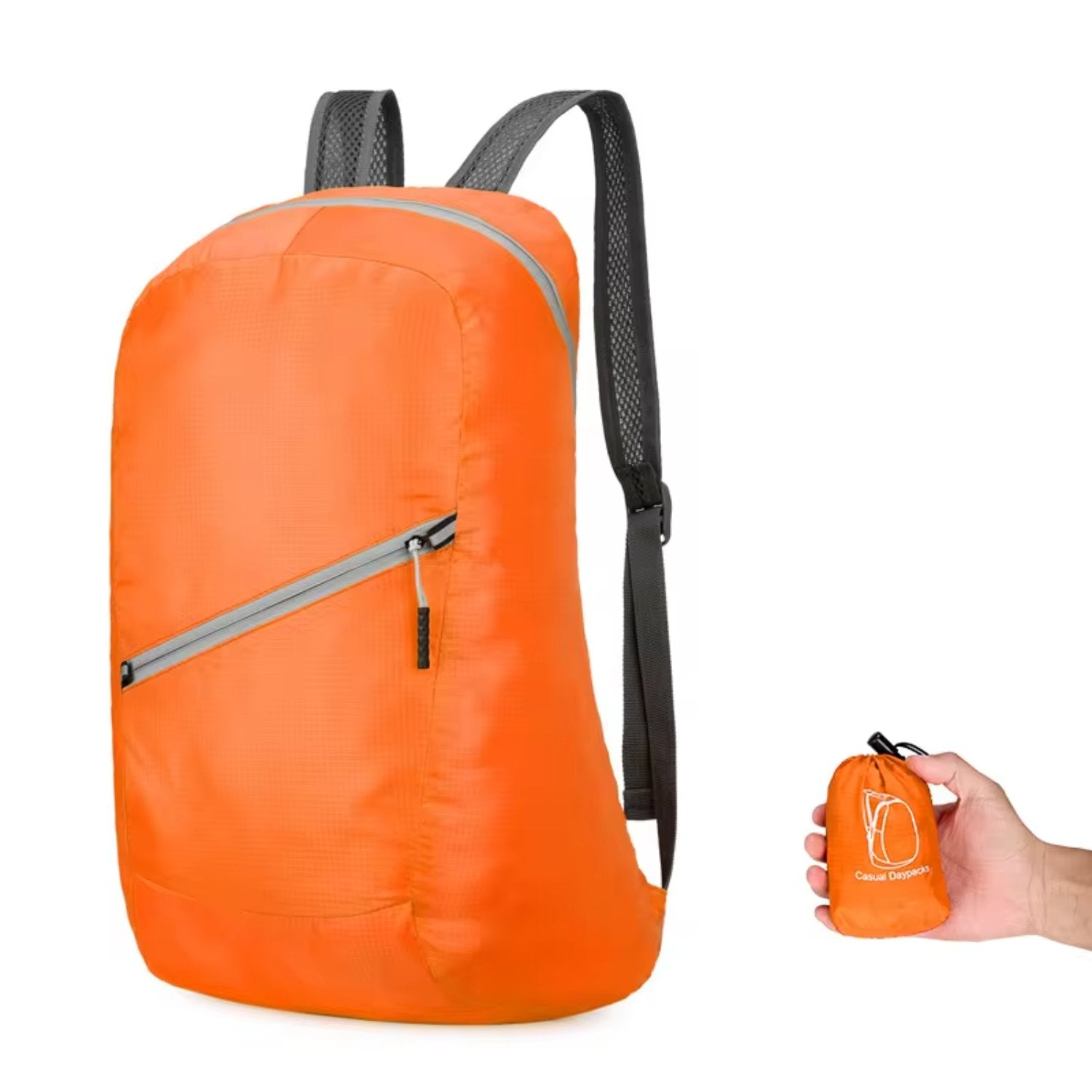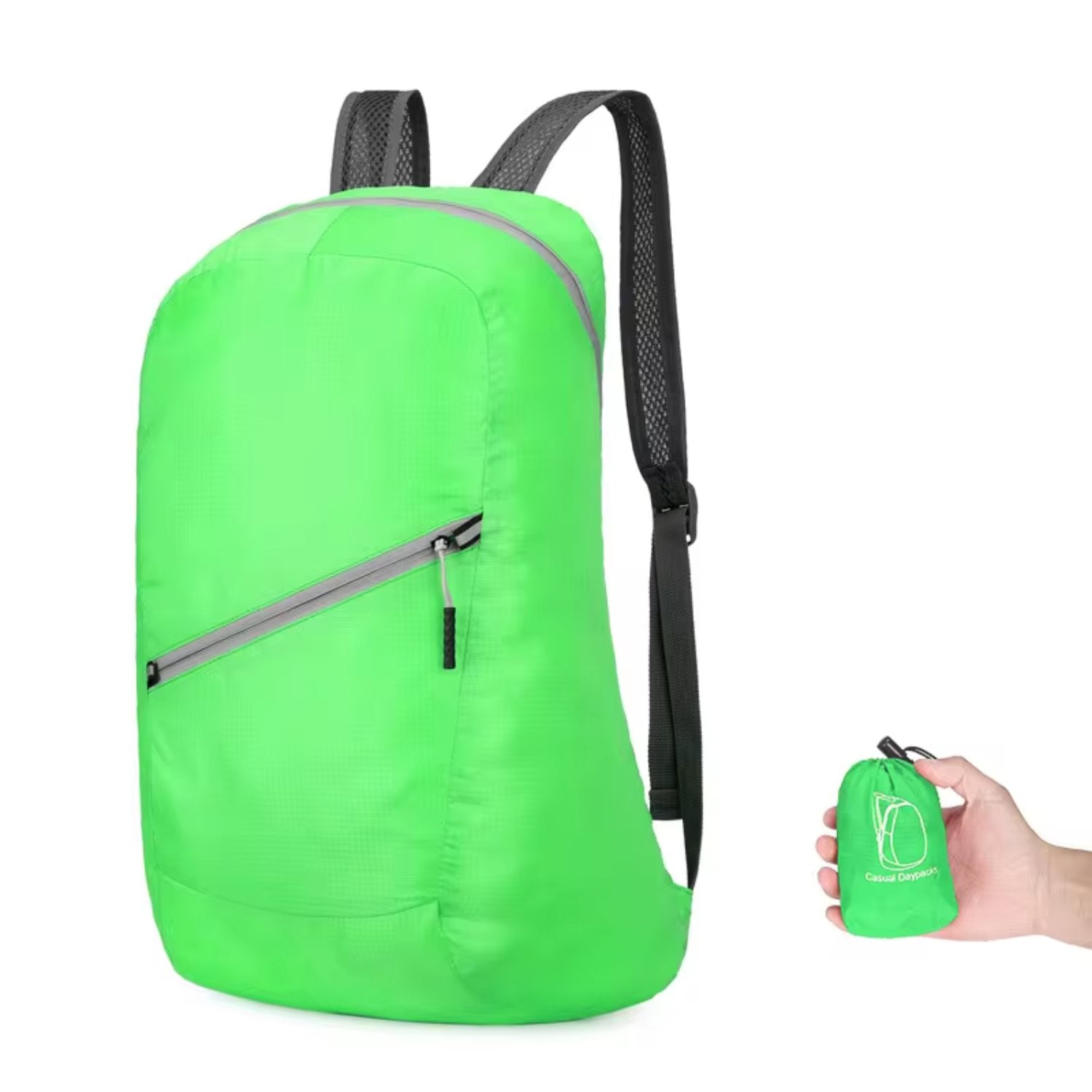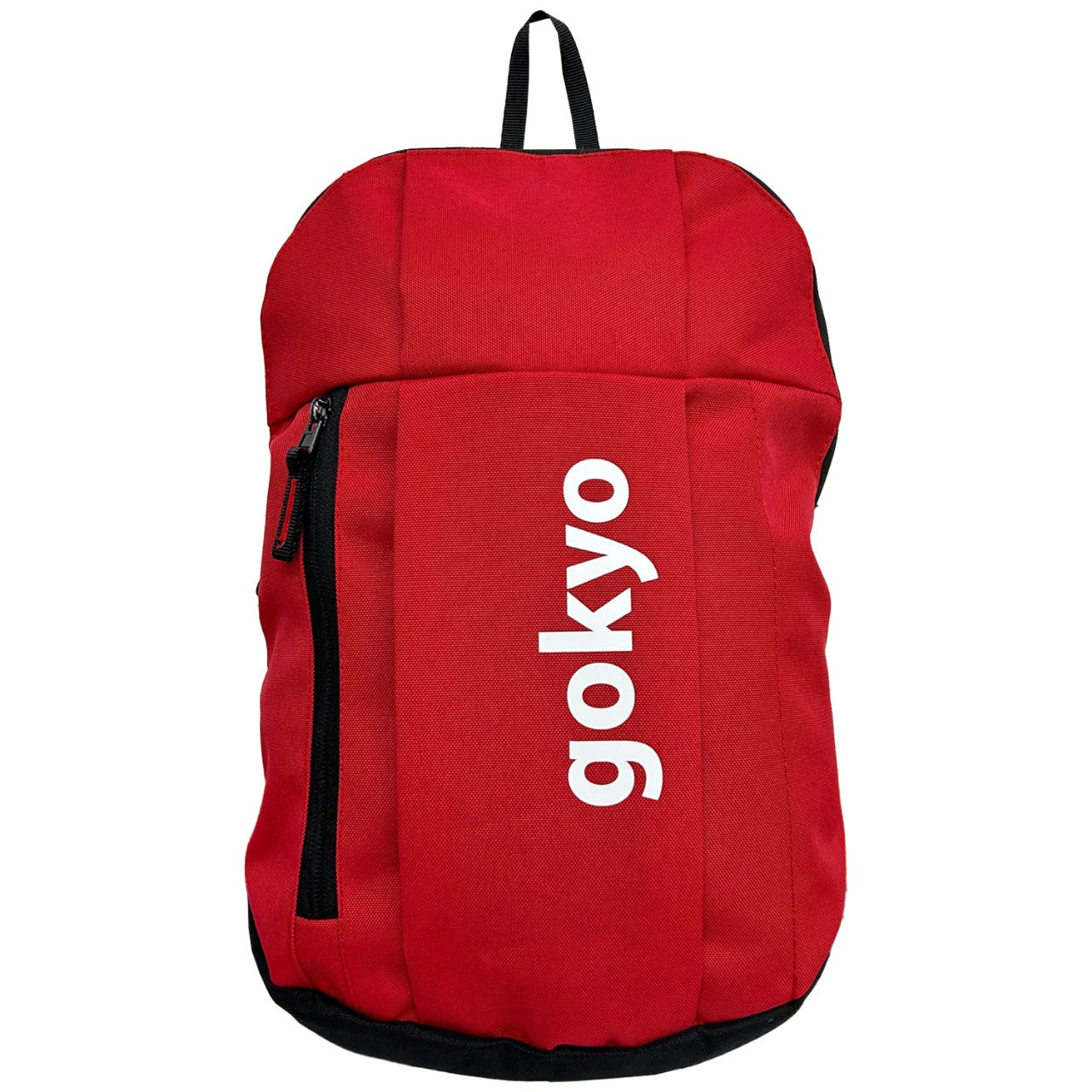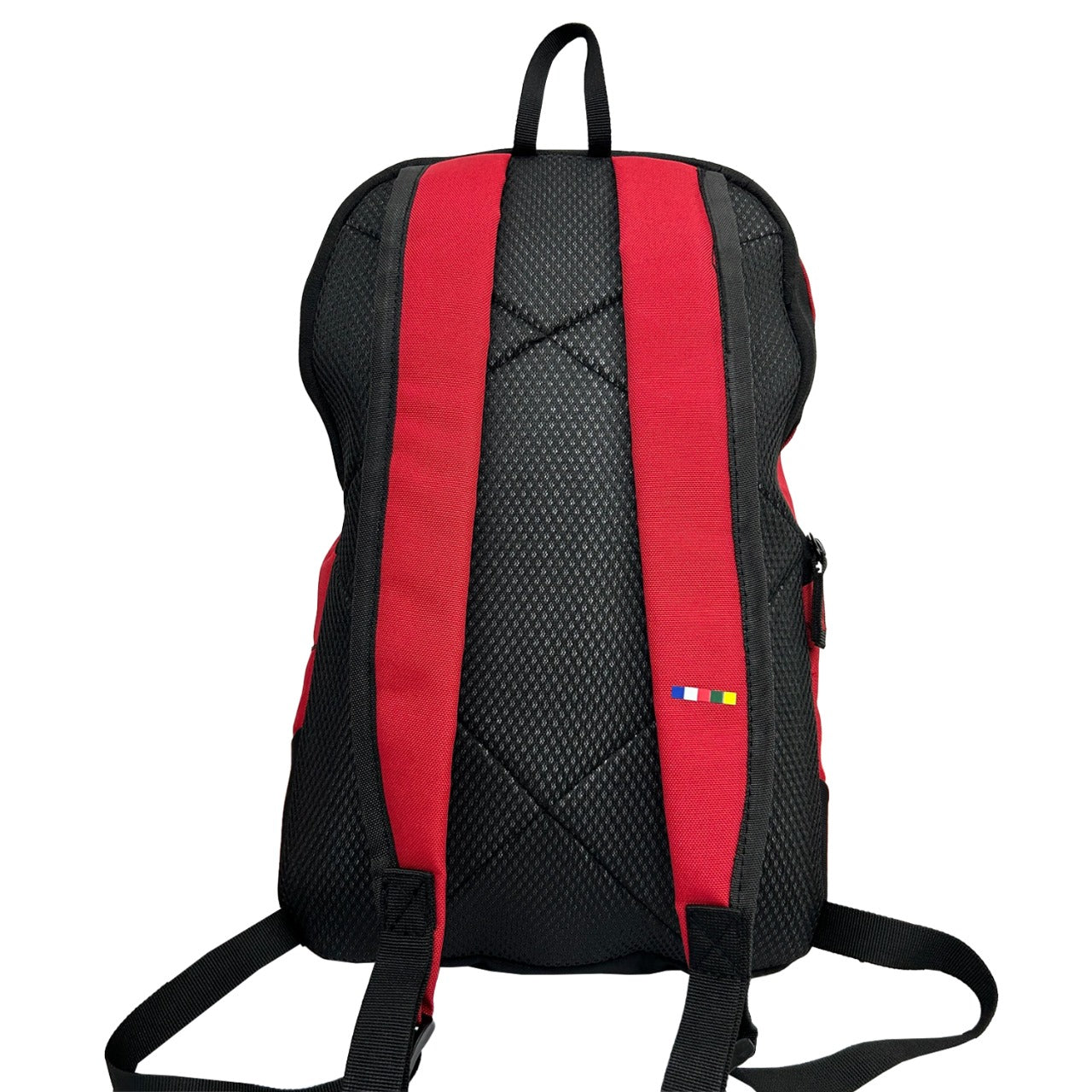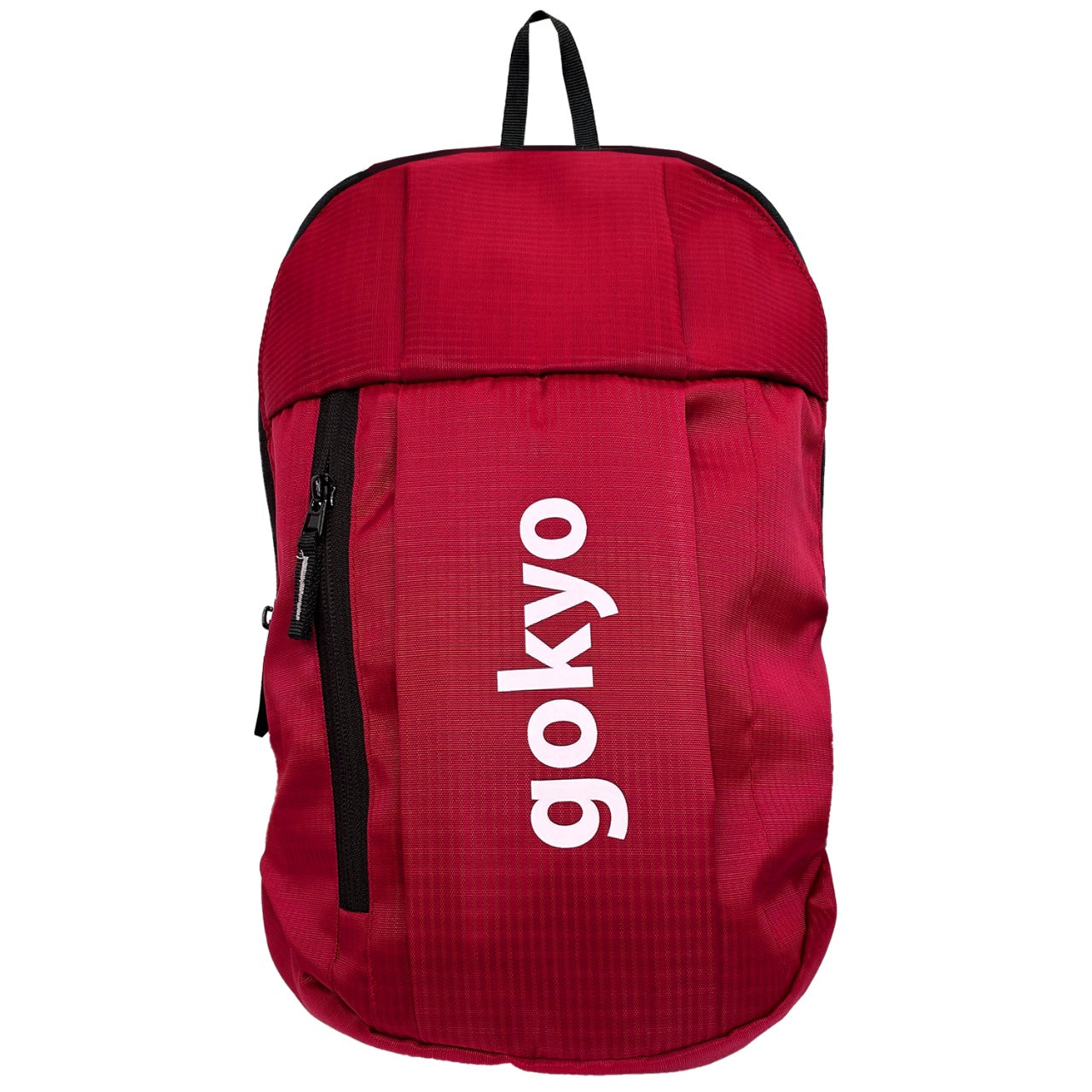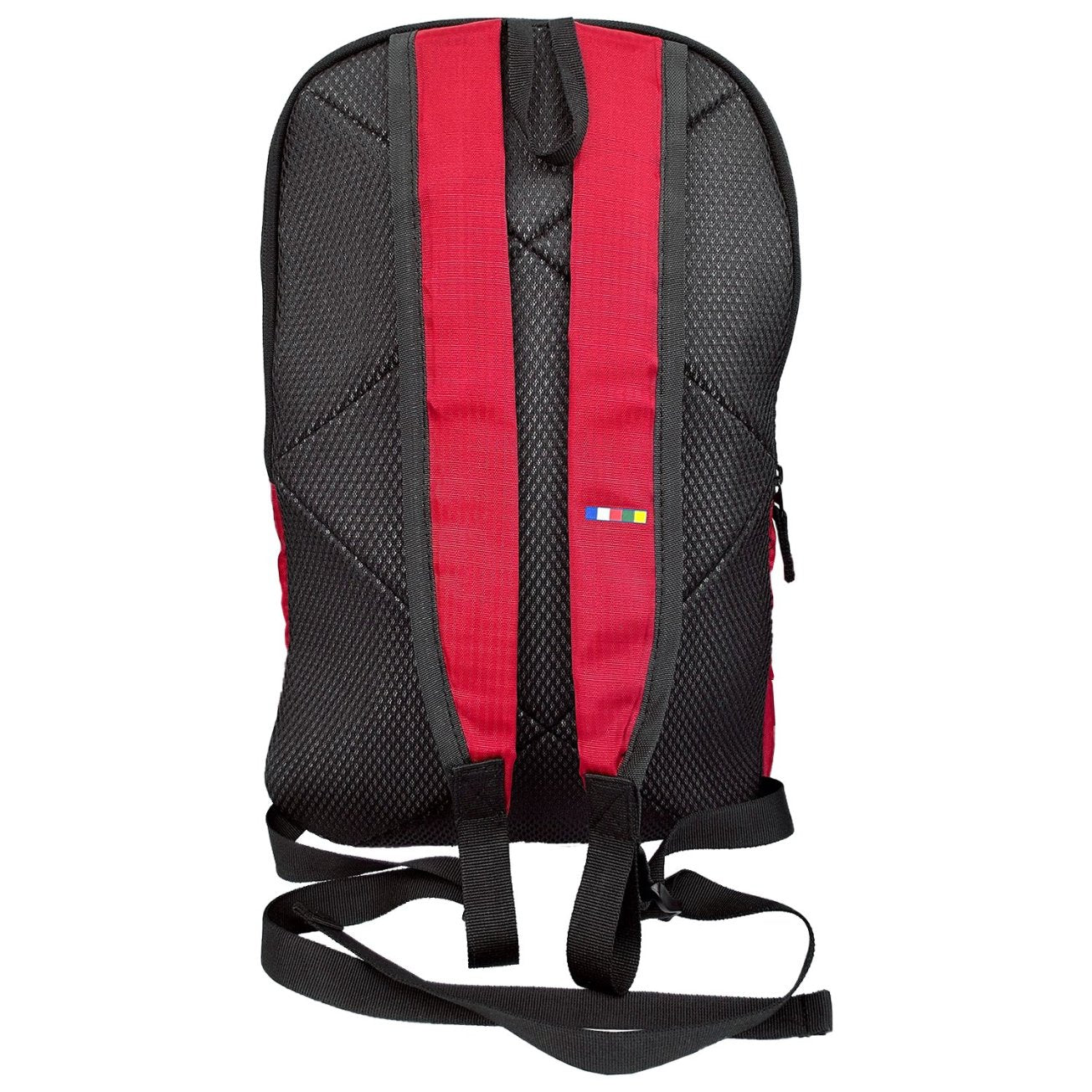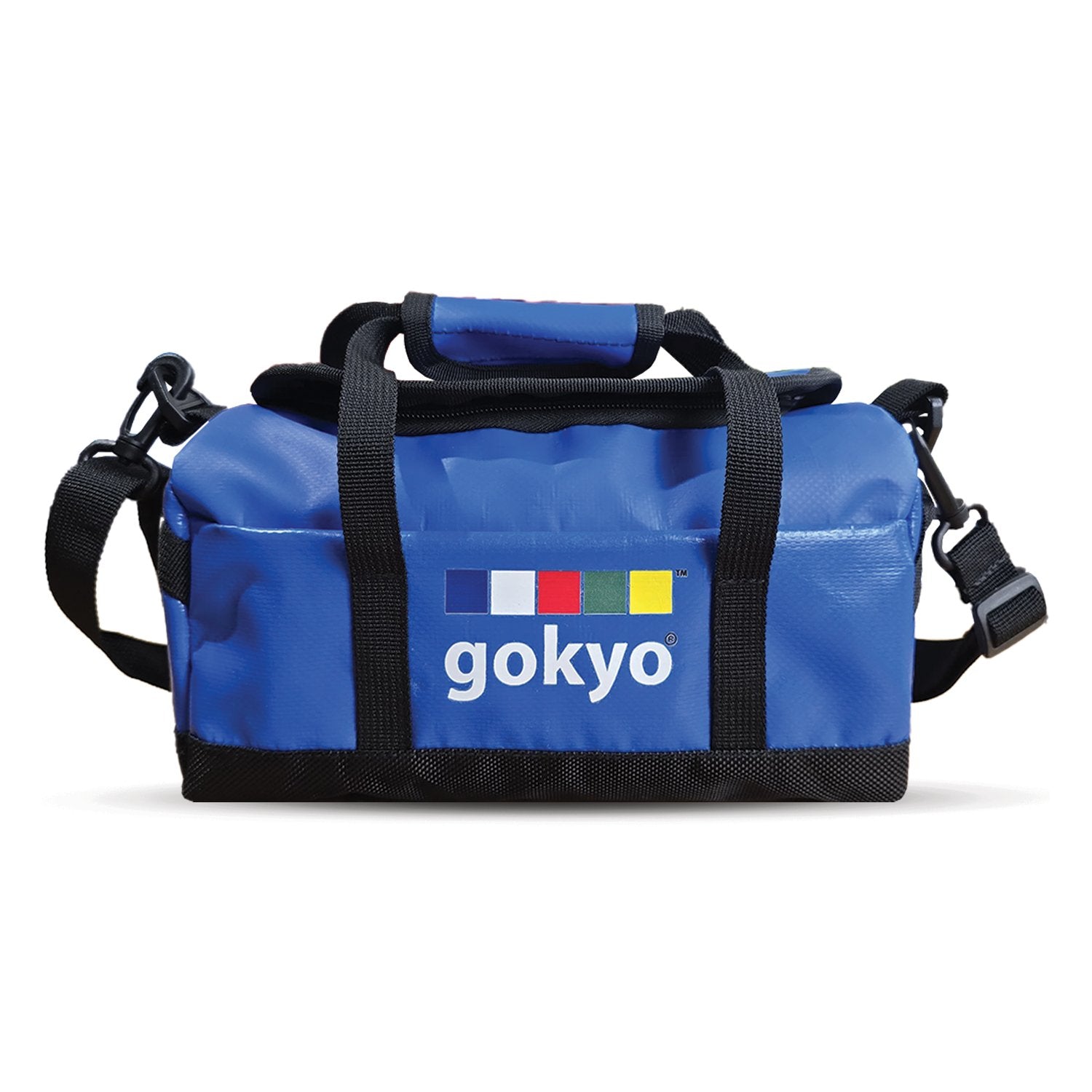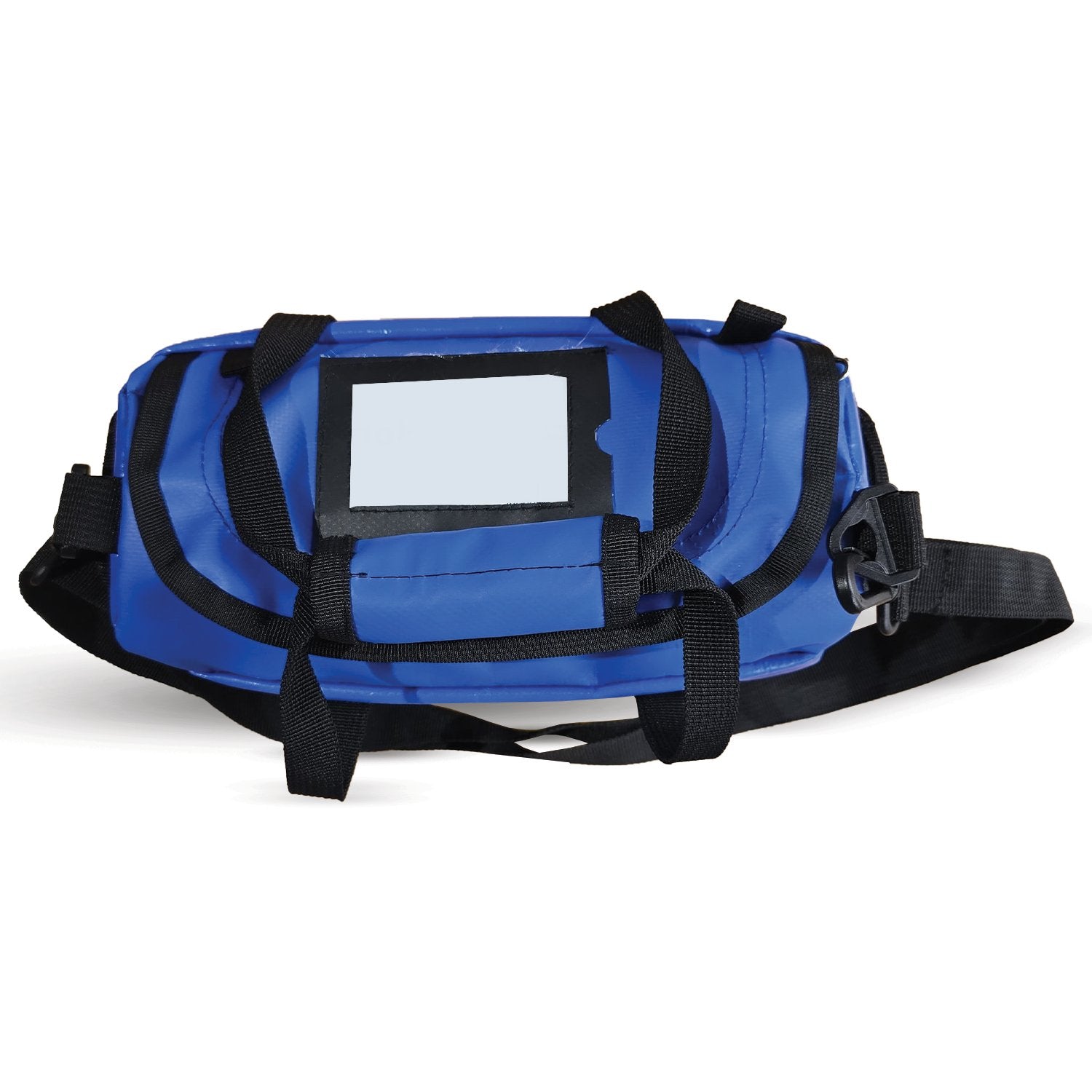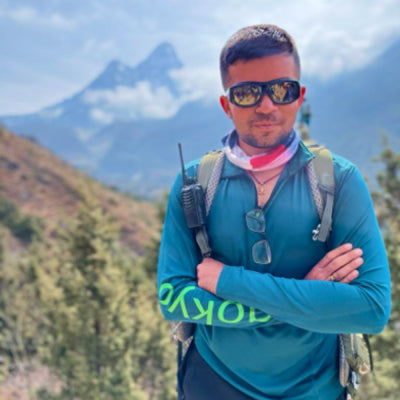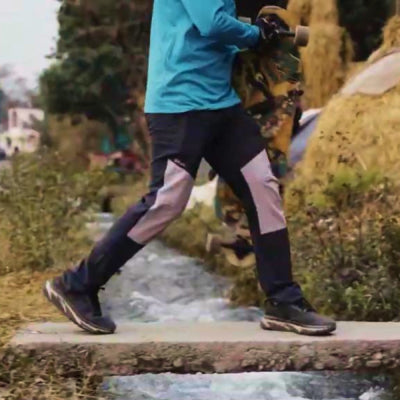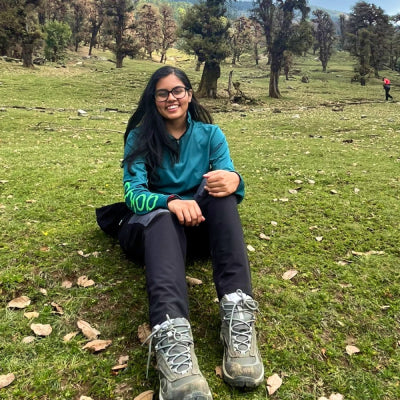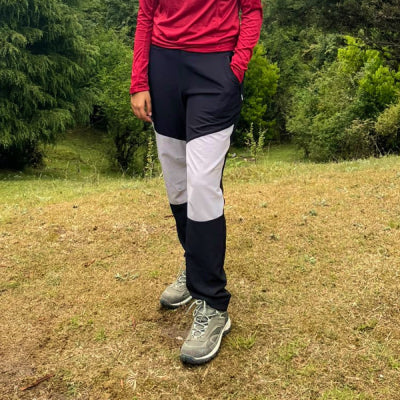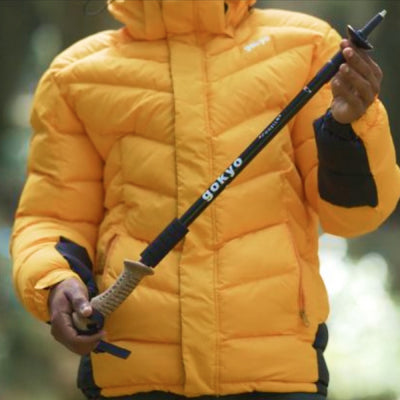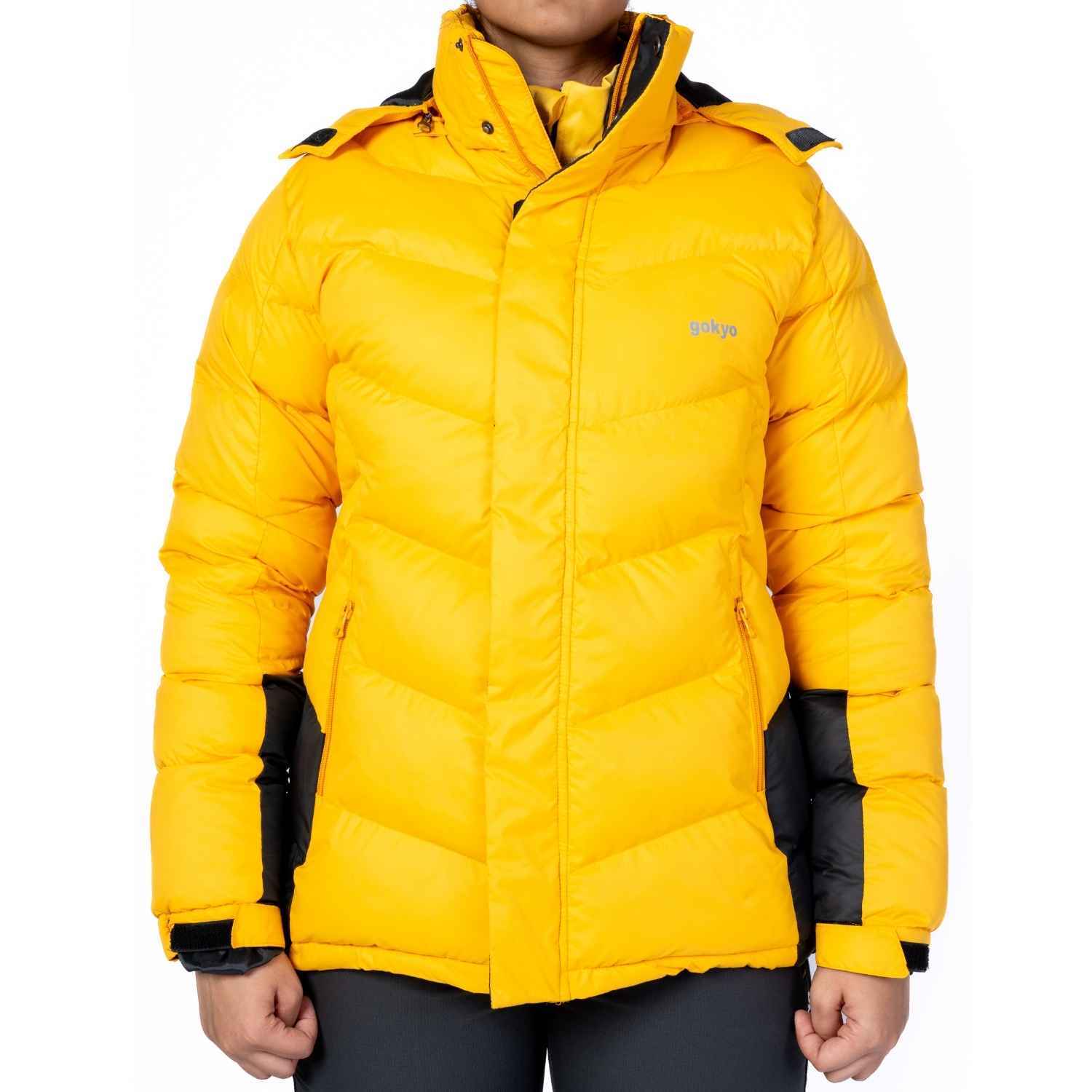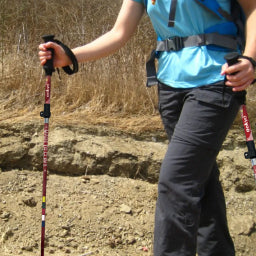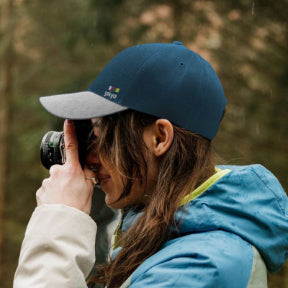The Ultimate Guide to Layering for High-Altitude Backpacking
There is a quiet in our mountains that is unlike any other. It is not empty, it is full of stories, of aspirations, and the occasional gust of wind that brings you back to where you are. High-altitude trekking is not an adventure in itself; it is a challenge of endurance, awareness, and foresight.
And maybe one of the most overlooked abilities you can bring with you into the mountains? Layering.
Not only will the right layering system keep you warm and dry, but it will let you hike longer, hike farther, feel more comfortable, and hike better. That cold air might be beautiful, but it can turn ugly fast. Be prepared.
But don't worry, we're not going to do another delicate, scientific breakdown of what to wear. We're getting to the good stuff. Practical. Comfortable. Human.
All set to be a pro at your next hike?
Let's layer up.
What is Layering, Actually?
Layering isn't piling on layers of clothing until you're warm. It's a skill. It's understanding your body, understanding the weather, and creating an outfit that functions with both.
You require each layer to do the following: wick sweat, keep you warm, keep wind out, and be stretchy enough to move. Because trust me, no one wants to be a stuffed animal on a hill.
Firms like Gokyo Outdoor Clothing & Gear understand that better than anyone. They combine technical performance with the way you actually feel, so that you never catch yourself grinding through stiff fabric or steaming halfway up a climb.
The Three-Layer System That Works
A good layering system will generally have three fundamental components:
1. Base Layer: Moisture Manager
This is the one on your skin, so it needs to draw sweat away. Be light and breathable. You will be cold if it is too heavy because the rest of your clothes are warm.
2. Mid Layer: Insulation Champion
This is where the warmth comes from. A good fleece or insulated jacket holds body heat without making you feel lumpy. This layer is your temperature regulator.
3. Outer Layer: Weather Warrior
Slide into your rain-and-wind shield. You need something to protect you from sudden snow showers or freezing mountain gusts. One top pick? The Kaza Waterproof Windcheater. Built for rough weather, it keeps the wind and water out and allows your body to breathe. It's not a jacket, it's a feeling of security on the trail.
Men’s Jackets for Outdoor & Travel
Layering is also about fuel.
When you layer to get warm, you're also saving your body's energy. But way up high, energy is being burned very rapidly. So you need to have quick fuel. Hard little bites that just keep going.
One silver lining? Boiled chickpeas. They are easy to carry, full of protein, and easy to digest on long treks. And they won't add pounds.
Add that to electrolyte powder in your water, and you're covering hydration, minerals, and energy—all in one sip. Trekkers are too quick to underestimate how quickly altitude and work deplete the body. Intelligent layering and intelligent fueling go hand in hand.
Energy-Boosting Food and Supplements for Trekking and Travel
Finding the Right Fit for You
Not everyone gets cold. Not everyone sweats equally. So, one layering does have a rule, but it must also be fitted. Maybe your body warms up fast on the hill and cools fast at stops. Maybe your shoulders always get cold no matter what.
That's where gear flexibility comes in. Gokyo Outdoor Clothing & Gear builds its layers out of stretch panelling, move-with-you-not-against-you cuts, and ventilation zips. The more comfortable your gear is, the more you'll wear it properly and dress up intelligently on the trek.
The Real-Life Layering Moments
Let's dive into context:
You start the morning chilled. You have everything turned on in layers. As the day heats up, you and your body warm up, ascending higher. Halfway, you drop the middle-layer, drink water with electrolyte powder, and keep going.
By lunchtime, a cold wind seeps in, so out comes the Kaza Waterproof Windcheater to warm your core. You sit, munch on boiled chickpeas, and wonder how your body hasn't yet collapsed. That's layering at its finest.
Don't Forget the Details
Layering is required, naturally. But so are the accessories that hold the system stable.
Your trekking shoes are also included. Cold feet will drain energy from the rest of your body, and if your shoes are too tight or not insulated, you'll be painfully aware of it with each step. Select a type that offers warmth, water resistance, and flexibility.
Intelligent packing also has its role to play. Your spare layers, snack, and small essentials must be readily available without a mess. That is where quality travel bags come in. Divided compartments, rain cover, and weight distribution have you prepared without exasperation.
Find the Perfect Trekking Backpack for Your Next Journey
Weather Isn't the Enemy, Unpreparedness Is
One common mistake most trekkers make? Blaming the mountain when something doesn't go their way.
Yes, things can change in a few minutes. But that is the reason why there must be a solid layering strategy. It offers the power to make modifications.
Choose your layers as if you're dressing for all four seasons on a single day. Because, occasionally, that's how hiking at 10,000 feet goes. Misty cool in the morning, blistering hot during the day, light snow late afternoon.
The right gear won't keep you out of the weather. But it keeps you independent of it.
What Layer Are You?
For entertainment purposes only, here is a tongue-in-cheek explanation of your trekking style based on the three-layer model:
-
Base Layer: The over-preparer. Snacks, routes, checklists. You've double-planned everything.
-
Mid Layer: The warm-hearted motivator. Always encouraging the group. Carries extra protein snacks.
- Outer Layer: The calm protector. Doesn’t talk much but always has a backup poncho.
Which one are you?
Frequently Asked Questions (FAQs) : Real Questions, Real Trails
1. Can layering be done with short day treks as well?
Definitely. Weather can change in a split second in the mountains. Even for a short trek of a couple of hours, layering makes you adjust quickly.
2. Is cotton an appropriate base layer?
No. Cotton absorbs water and will make you drenched. Use moisture-wicking fabrics instead.
3. Is the Kaza Waterproof Windcheater too heavy to be worn every day?
Far from it. It's light, portable, and versatile enough for trails and street wear.
4. Why do trekkers carry boiled chickpeas while trekking?
They are rich in protein, are well-digested, and provide energy without additives.
5. How often should you drink electrolyte powder?
It is effort and weather-dependent. On high-altitude treks, hours count in terms of mineral and water balance.
6. What makes trek shoe different from hiking boots?
Trekking shoes are lighter, more flexible, and more appropriate for high-altitude travel.
7. Why are layering bags handy?
They keep extra layers tidy and within easy reach, so you can add or subtract pieces effortlessly.
Top Trekking Shoes for Outdoor Adventures
Final Thought: Layering Is Your Secret Superpower
Conquering high-altitude trekking isn't about pushing boundaries; it's about trekking smart. If your gear is in your corner, not against you, your body works better, your brain stays sharp, and your trek is simpler.
You don't receive products from Gokyo Outdoor Clothing & Gear. You receive layers that are tested, tried, and made for every type of trekker.
Don't forget: it's not so much about how far you go. It's about how great you feel when you arrive.
Layer up. Hike smart. Take the trail.

